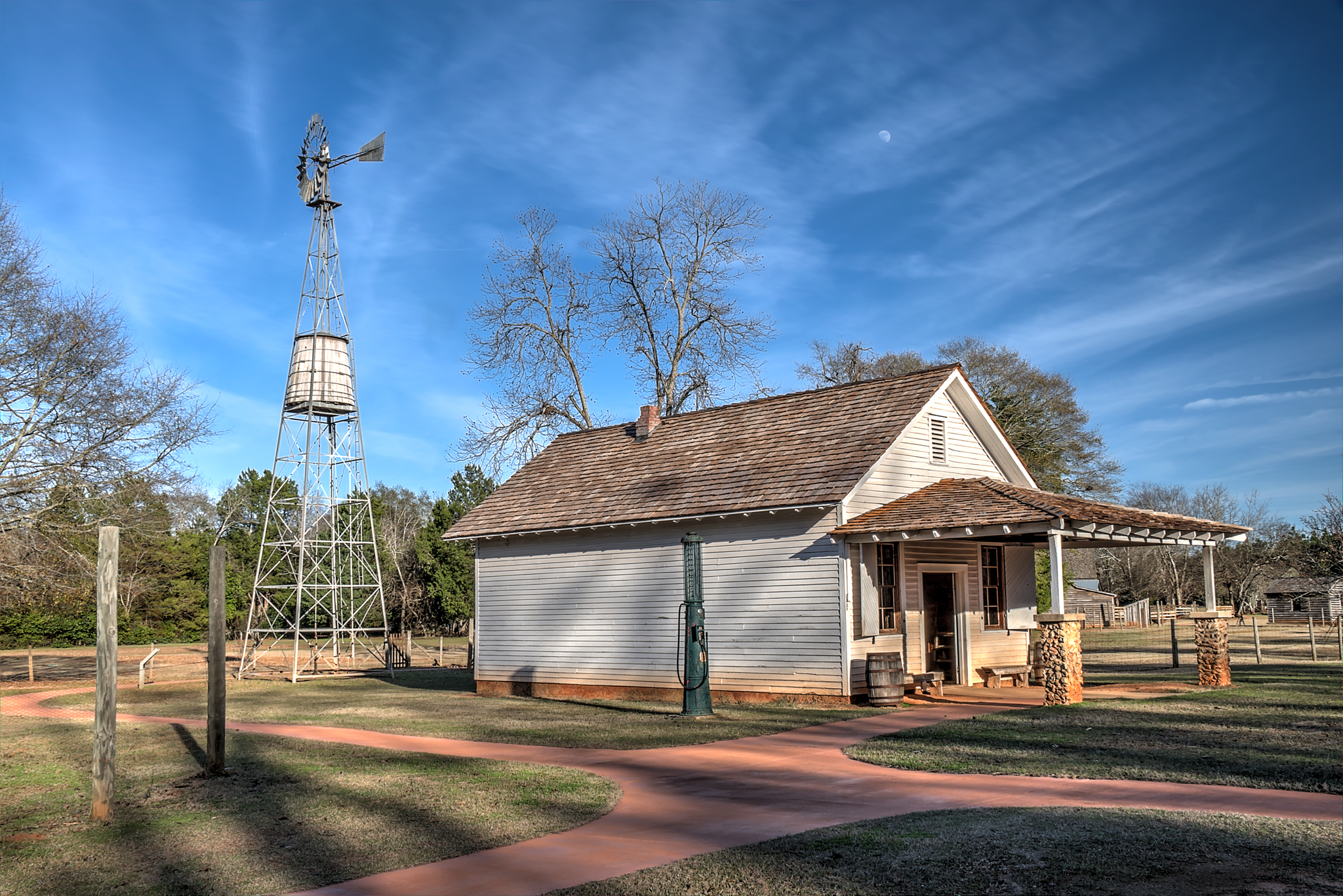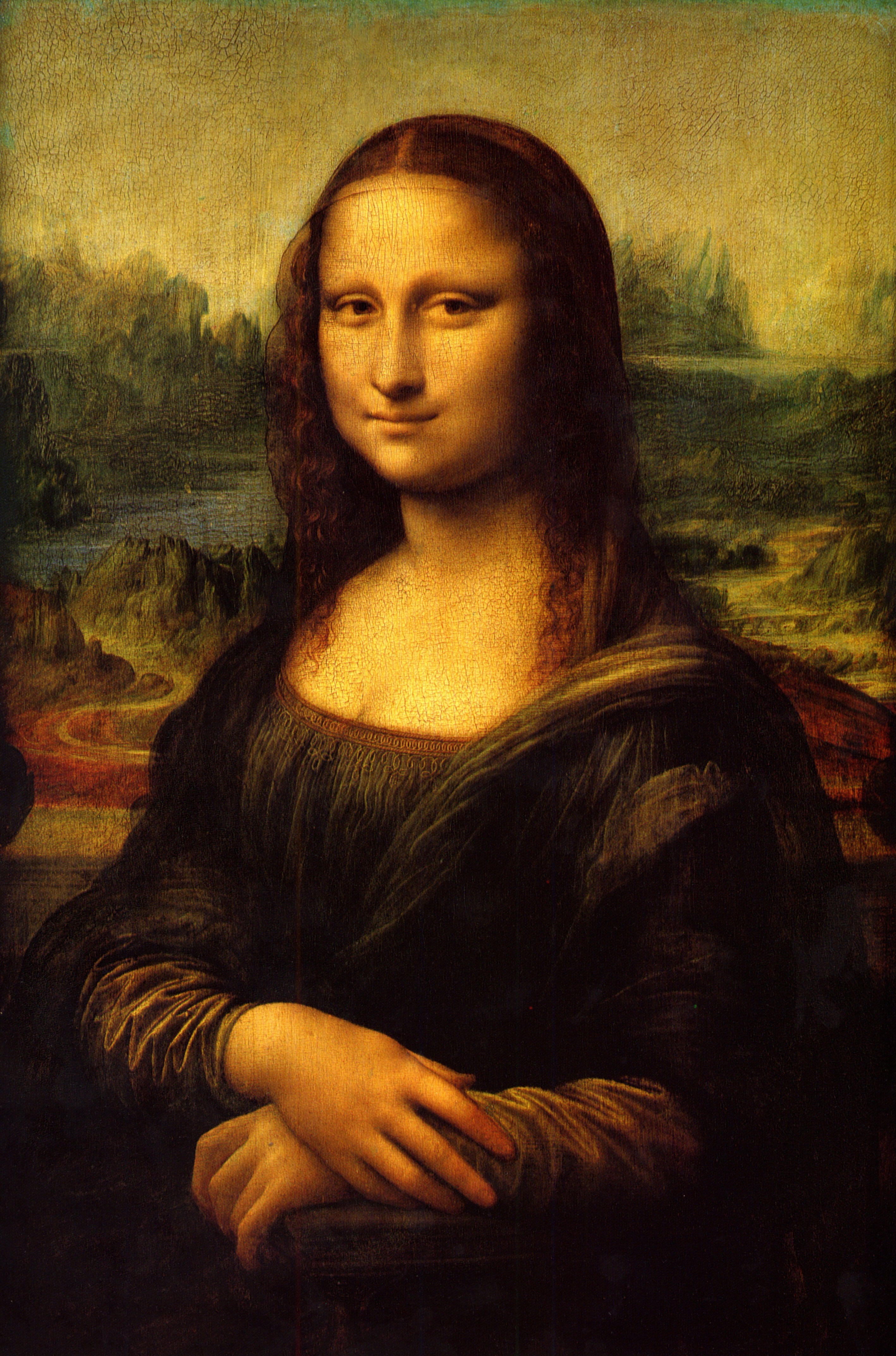|
Statue Of Jimmy Carter
The Jimmy Carter statue is a monumental statue in Atlanta, Georgia, United States. Located on the grounds of the Georgia State Capitol, the statue was designed by Frederick Hart and depicts Jimmy Carter, former President of the United States. It was dedicated in 1994. History Georgia native Jimmy Carter served as the 39th President of the United States from 1977 to 1981. This statue honoring him was unveiled on June 7, 1994. Frederick Hart served as the designer for the statue. In 1976, Hart had served as a volunteer on Carter's campaign during the 1976 United States presidential election. Hart sculpted much of the statue from photographs of Carter, but he met with the former President at the Carter Center in Atlanta in order to sculpt his head. The statue was the eighth monument erected on the grounds of the Georgia State Capitol, and initially there had been concerns that the area would be too "crowded" to accommodate the statue of Carter. The unveiling ceremony was atten ... [...More Info...] [...Related Items...] OR: [Wikipedia] [Google] [Baidu] |
Jimmy Carter
James Earl Carter Jr. (born October 1, 1924) is an American politician who served as the 39th president of the United States from 1977 to 1981. A member of the Democratic Party (United States), Democratic Party, he previously served as the 76th governor of Georgia from 1971 to 1975 and as a Georgia state senator from 1963 to 1967. Since leaving office, Carter has remained engaged in political and social projects, receiving the Nobel Peace Prize in 2002 for his humanitarian work. Born and raised in Plains, Georgia, Carter graduated from the United States Naval Academy in 1946 with a Bachelor of Science degree and joined the United States Navy, serving on numerous submarines. After the death of his father in 1953, he left his naval career and returned home to Plains, where he assumed control of his family's peanut-growing business. He inherited little, due to his father's forgiveness of debts and the division of the estate amongst himself and his siblings. Nevertheless, his ... [...More Info...] [...Related Items...] OR: [Wikipedia] [Google] [Baidu] |
Rosalynn Carter
Eleanor Rosalynn Carter ( ; née Smith; born August 18, 1927) is an American writer and activist who served as First Lady of the United States from 1977 to 1981 as the wife of President Jimmy Carter. For decades, she has been a leading advocate for numerous causes, including mental health. Carter was politically active during her White House years, sitting in on Cabinet meetings. She was her husband's closest adviser. She also served as an envoy abroad, particularly in Latin America. Like her husband, Rosalynn Carter is considered a key figure in the Habitat for Humanity charity. After Bess Truman, Carter is the second-longest lived First Lady of the United States. Early life Eleanor Rosalynn Smith was born on August 18, 1927, in Plains, Georgia. She was the eldest of four children of Wilburn Edgar Smith, an auto mechanic, bus driver and farmer, and Frances Allethea "Allie" Murray Smith, a teacher, dressmaker and postal worker. Her brothers were William Jerrold "Jerry" Smith ... [...More Info...] [...Related Items...] OR: [Wikipedia] [Google] [Baidu] |
1994 In Art
Events from the year 1994 in art. Events *February 12 – Edvard Munch's painting ''The Scream'' is stolen, in Oslo (recovered on May 7). *April 8 – Restoration of the Sistine Chapel frescoes: Michelangelo's '' The Last Judgment'' in the Sistine Chapel (Vatican City) is reopened to the public after 10 years of restoration. *November 26 – The Ministry of Culture and Art in Poland orders exhumation of the presumed grave of absurdist painter, playwright and novelist Stanisław Ignacy Witkiewicz (suicide 1939) in Zakopane. Genetic tests on the remaining bones prove that the body belongs to an unknown woman. Awards *Archibald Prize: Francis Giacco – ''Homage to John Reichard'' *Turner Prize: Antony Gormley Works *Jake and Dinos Chapman – '' Great Deeds Against the Dead'' (sculpture) *Martin Creed – ''Work No 88: A sheet of A4 paper crumpled into a ball'' *Neil Estern – Statue of Fiorello H. La Guardia (sculpture, New York City) *Helen Frankenthaler – ''All About Bl ... [...More Info...] [...Related Items...] OR: [Wikipedia] [Google] [Baidu] |
Fish
Fish are aquatic, craniate, gill-bearing animals that lack limbs with digits. Included in this definition are the living hagfish, lampreys, and cartilaginous and bony fish as well as various extinct related groups. Approximately 95% of living fish species are ray-finned fish, belonging to the class Actinopterygii, with around 99% of those being teleosts. The earliest organisms that can be classified as fish were soft-bodied chordates that first appeared during the Cambrian period. Although they lacked a true spine, they possessed notochords which allowed them to be more agile than their invertebrate counterparts. Fish would continue to evolve through the Paleozoic era, diversifying into a wide variety of forms. Many fish of the Paleozoic developed external armor that protected them from predators. The first fish with jaws appeared in the Silurian period, after which many (such as sharks) became formidable marine predators rather than just the prey of arthropods. Mos ... [...More Info...] [...Related Items...] OR: [Wikipedia] [Google] [Baidu] |
Belt Buckle
A belt buckle is a buckle, a clasp for fastening two ends, such as of straps or a belt, in which a device attached to one of the ends is fitted or coupled to the other. The word enters Middle English via Old French and the Latin ''buccula'' or "cheek-strap," as for a helmet. Belt buckles and other fixtures are used on a variety of belts, including cingula, baltea, baldrics and later waist-belts. Types Belt buckles go back at least to the Iron Age and a gold "great buckle" was among the items interred at Sutton Hoo. Primarily decorative "shield on tongue" buckles were common Anglo-Saxon grave goods at this time, elaborately decorated on the "shield" portion and associated only with men. One such buckle, found in a 7th-century grave at Finglesham, Kent in 1965 bears the image of a naked warrior standing between two spears wearing only a horned helmet and belt.S.C. Hawkes, H.R.E. Davidson, C. Hawkes, 1965. "The Finglesham Man," ''Antiquity'' 39:17-32. Frame-style buckl ... [...More Info...] [...Related Items...] OR: [Wikipedia] [Google] [Baidu] |
Caricature
A caricature is a rendered image showing the features of its subject in a simplified or exaggerated way through sketching, pencil strokes, or other artistic drawings (compare to: cartoon). Caricatures can be either insulting or complimentary, and can serve a political purpose, be drawn solely for entertainment, or for a combination of both. Caricatures of politicians are commonly used in editorial cartoons, while caricatures of movie stars are often found in entertainment magazines. In literature, a ''caricature'' is a distorted representation of a person in a way that exaggeration, exaggerates some characteristics and oversimplifies others. Etymology The term is derived for the Italian ''caricare''—to charge or load. An early definition occurs in the English doctor Thomas Browne's ''Christian Morals'', published posthumously in 1716. with the footnote: Thus, the word "caricature" essentially means a "loaded portrait". Until the mid 19th century, it was commonly and m ... [...More Info...] [...Related Items...] OR: [Wikipedia] [Google] [Baidu] |
Smile
A smile is a facial expression formed primarily by flexing the muscles at the sides of the mouth. Some smiles include a contraction of the muscles at the corner of the eyes, an action known as a Duchenne smile. Among humans, a smile expresses delight, sociability, happiness, joy, or amusement. It is distinct from a similar but usually involuntary expression of anxiety known as a grimace. Although cross-cultural studies have shown that smiling is a means of communication throughout the world, there are large differences among different cultures, religions, and societies, with some using smiles to convey confusion or embarrassment. Evolutionary background Primatologist Signe Preuschoft traces the smile back over 30 million years of evolution to a "fear grin" stemming from monkeys and apes, who often used barely clenched teeth to portray to predators that they were harmless or to signal submission to more dominant group members. The smile may have evolved differently among spe ... [...More Info...] [...Related Items...] OR: [Wikipedia] [Google] [Baidu] |
Khakis
The color khaki (, ) is a light shade of tan with a slight yellowish tinge. Khaki has been used by many armies around the world for uniforms and equipment, particularly in arid or desert regions, where it provides camouflage relative to sandy or dusty terrain. It has been used as a color name in English since 1848 when it was first introduced as a military uniform. In Western fashion, it is a standard color for smart casual dress trousers for civilians, which are also often called ''khakis''. In British English and some other Commonwealth usage, ''khaki'' may also refer to a shade of green known in the US as olive drab. Etymology ''Khaki'' is a loanword from Urdu خاکی 'soil-colored', which in turn comes from Persian خاک ''khâk'' 'soil' + ی (adjectival ending); it came into English via the British Indian Army. Origin Khaki was first worn as a uniform in the Corps of Guides that was raised in December 1846 by Henry Lawrence (1806–1857), agent to the Governor-Ge ... [...More Info...] [...Related Items...] OR: [Wikipedia] [Google] [Baidu] |
Granite
Granite () is a coarse-grained (phaneritic) intrusive igneous rock composed mostly of quartz, alkali feldspar, and plagioclase. It forms from magma with a high content of silica and alkali metal oxides that slowly cools and solidifies underground. It is common in the continental crust of Earth, where it is found in igneous intrusions. These range in size from dikes only a few centimeters across to batholiths exposed over hundreds of square kilometers. Granite is typical of a larger family of ''granitic rocks'', or ''granitoids'', that are composed mostly of coarse-grained quartz and feldspars in varying proportions. These rocks are classified by the relative percentages of quartz, alkali feldspar, and plagioclase (the QAPF classification), with true granite representing granitic rocks rich in quartz and alkali feldspar. Most granitic rocks also contain mica or amphibole minerals, though a few (known as leucogranites) contain almost no dark minerals. Granite is nearly alway ... [...More Info...] [...Related Items...] OR: [Wikipedia] [Google] [Baidu] |
Bronze
Bronze is an alloy consisting primarily of copper, commonly with about 12–12.5% tin and often with the addition of other metals (including aluminium, manganese, nickel, or zinc) and sometimes non-metals, such as phosphorus, or metalloids such as arsenic or silicon. These additions produce a range of alloys that may be harder than copper alone, or have other useful properties, such as ultimate tensile strength, strength, ductility, or machinability. The three-age system, archaeological period in which bronze was the hardest metal in widespread use is known as the Bronze Age. The beginning of the Bronze Age in western Eurasia and India is conventionally dated to the mid-4th millennium BCE (~3500 BCE), and to the early 2nd millennium BCE in China; elsewhere it gradually spread across regions. The Bronze Age was followed by the Iron Age starting from about 1300 BCE and reaching most of Eurasia by about 500 BCE, although bronze continued to be much more widely used than it is in mod ... [...More Info...] [...Related Items...] OR: [Wikipedia] [Google] [Baidu] |
Carter By Hart
Carter(s), or Carter's, Tha Carter, or The Carter(s), may refer to: Geography United States * Carter, Arkansas, an unincorporated community * Carter, Mississippi, an unincorporated community * Carter, Montana, a census-designated place * Carter, Oklahoma, a town * Carter, South Dakota, an unincorporated community * Carter, Texas, a census-designated place * Carter, Forest County, Wisconsin, an unincorporated community * Carter, Iron County, Wisconsin, an unincorporated community * Carter, Wyoming, a census-designated place * Carters, Georgia, an unincorporated community * Carter County (other) Elsewhere * Carter Islands, in Nunavut, Canada * Carter Road Promenade, former name of Sangeet Samrat Naushad Ali Marg in Mubai, India People and fictional characters * Carter (name), a surname and a given name, including a list of people and fictional characters * Carter (artist), American artist and film director John Carter (born 1970) * Carter, someone whose occupation is ... [...More Info...] [...Related Items...] OR: [Wikipedia] [Google] [Baidu] |







.jpg)

